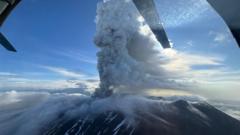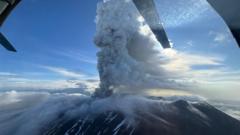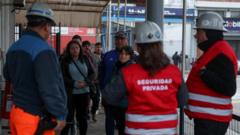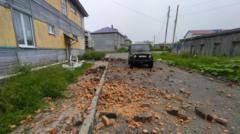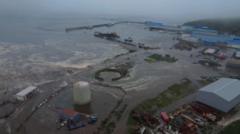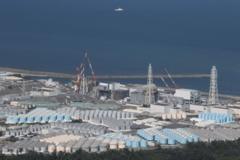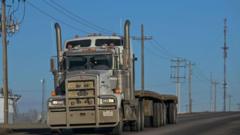Following the recent 7.7-magnitude earthquake in central Myanmar, which caused significant casualties and chaos, experts share crucial safety tips for tourists visiting earthquake-prone regions.
Earthquake Preparedness: Essential Tips for Safety While Traveling

Earthquake Preparedness: Essential Tips for Safety While Traveling
After a devastating earthquake in Myanmar, travelers are encouraged to prioritize safety in high-risk areas.
On March 28, a powerful earthquake measuring 7.7 on the Richter scale hit central Myanmar, leading to the tragic loss of over 3,500 lives and extensive property damage. Shockwaves were felt as far away as Bangkok, where high-rise buildings swayed, and pools overflowed, prompting a surge of online videos that captured the chaos.
Experts emphasize the unpredictability of seismic events, stressing that popular travel destinations, including California, Chile, Fiji, Italy, Japan, Mexico, and the Caribbean, lie within active earthquake zones. For those planning trips to these areas, preparedness is vital.
Travelers are encouraged to leverage technology to bolster their safety. Before heading to a destination known for seismic activity, it is prudent to research its seismic history and ascertain if local authorities have established earthquake early-warning systems. These automated alerts provide critical seconds for individuals to take protective cover when an earthquake strikes.
“Seconds matter,” explains Sara McBride, a scientist with the U.S. Geological Survey Earthquake Hazards Program, citing an example from Taiwan where a warning allowed medical personnel to secure newborns during a quake.
To enhance their safety, travelers should download specific earthquake alert apps tailored to their destination, such as SASSLA for Mexico, SafetyTips or NERV for Japan, and MyShake in the U.S. Furthermore, registering for the State Department’s Smart Traveler Enrollment Program and sharing travel itineraries with family or friends can provide an additional layer of security, especially since earthquakes often disrupt communication infrastructure.





